 Melanie Barratt out in the English Channel – credit SWNS
Melanie Barratt out in the English Channel – credit SWNS Melanie Barratt with her haul from the 1996 and 200 Paralympics – credit SWNS
Melanie Barratt with her haul from the 1996 and 200 Paralympics – credit SWNS Melanie Barratt out in the English Channel – credit SWNS
Melanie Barratt out in the English Channel – credit SWNS Melanie Barratt with her haul from the 1996 and 200 Paralympics – credit SWNS
Melanie Barratt with her haul from the 1996 and 200 Paralympics – credit SWNSAustralians love a good sport story, because we love our sport.
While many of us think of sporting narratives playing out on fields and courts, there are some wonderful sporting stories captured in our country’s rich literature. And just as women have always been playing sport, they have also been writing about it.
Here are some books by women and non-binary writers for your summer reading list. They look at sport in a range of ways. Whether you enjoy histories, non-fiction, poetry, crime or even romance, there is a sporting story to suit all readers. These books seek to connect with diverse sports fans, or anyone looking for something a little different.
Marion Stell’s The Bodyline Fix: How Women Saved Cricket delves into a fascinating yet often overlooked chapter of cricket history. The book explores how Australian women cricketers in the 1930s played a crucial role in restoring the integrity of the sport, following the infamous men’s Bodyline series of 1932-33, which strained relations between Australia and England.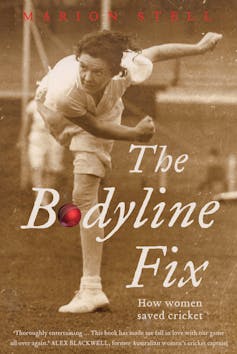
Stell is one of Australia’s foremost sports historians. She has gathered the stories of women’s sport in Australia, tracking down documents from scrapbooks kept by athletes and their families, mining storage units and garages for historical gems, and peering through miles of microfilm.
She is the author of the germinal book Half the Race: A History of Australian Women in Sport (1991), and her co-authored work with women’s football pioneer Heather Reid, Women in Boots: Football and Feminism in the 1970s (2020), is also excellent reading.
In The Bodyline Fix, Stell tells the story of the inaugural women’s test series, played against England in the summer of 1934-35. The series put women’s cricket in the spotlight. It brought together players from diverse backgrounds and social classes, and different levels of cricketing experience, to represent Australia. The women who played defied societal norms, family pressure and public scrutiny to pursue their passion. Their trailblazing spirit has contributed the strong Australian women’s cricket culture we have today.
The series is now known as the first women’s Ashes. The event’s 90th anniversary will be celebrated with a historic test at the Melbourne Cricket Ground, starting on January 30, 2025. Now is the perfect time to learn more about those pioneering women and their legacy.
When we think of books about Australian rules football, we tend to think of the many memoirs, biographies and other non-fiction works documenting the game’s history, cultural influence and place in collective memory.
Despite the game being the country’s dominant football code, it has not strayed too far into the world of fiction. Fictional footy narratives are rare. Those written by women even rarer. In 2014, Ed Wright observed in the Australian that “for something so culturally unique, Aussie rules football is under-represented in our literature, especially given the obsession with the game of our UNESCO City of Literature, Melbourne”.
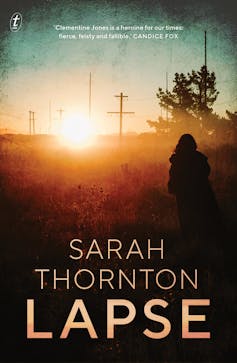
Yet around this time three intriguing novels written by women about Australian rules football were published: The Family Men by Catherine Harris (2014), Game Day by Miriam Sved (2014) and The Whole of My World by Nicole Hayes (2013).
These books depicted the ways women work to connect with the game and the joy that fandom can bring. They also examined the dark side of the sport, such as the effects of toxic masculinity.
More recently, Sarah Thornton published Lapse, a crime thriller set in rural Australia, where the protagonist, former lawyer Clementine Jones heads to the country and ends up coaching at the local footy club.
Lapse is an interesting look at Australian rural life, racial tensions in small communities and the dynamics of country footy through the tropes of the thriller genre. The novel has lots of suspense to keep you turning the pages. The plot is a refreshing take on the “stranger arriving in a small town with a secret”, featuring a woman protagonist who comes into a hypermasculine environment.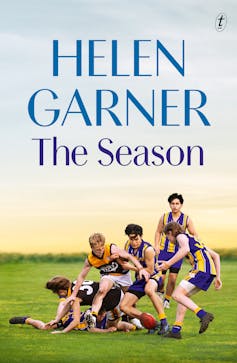
Another footy book to add to your reading list is the newly published The Season by Australian literary legend Helen Garner.
The Season depicts Garner’s experience following her grandson’s under-16s football team for a season. It is full of reflections on developing masculinity and the role of sport in crafting identity. Garner also writes about connection to her AFL team the Western Bulldogs and what being a supporter means to her.
The book is a valuable contribution to the footy book genre. Seeing the sports we love through the eyes of those not as close to the game helps us see it in a new light.
Who didn’t get caught up the excitement of the 2023 FIFA Women’s World Cup? One of the successes of the event was how many new fans were welcomed into the women’s football family.
Now we have some fantastic publications to speak to those new fans, celebrate the trailblazers, and reflect on the future of women’s football.
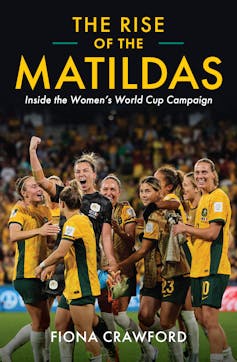
Football historian and academic Fiona Crawford has been busy over the last couple of years documenting the increased focus on Australia’s national women’s team the Matildas.
She published The Matilda Effect (2023) in the lead up to the 2023 FIFA Women’s World Cup. She also co-authored Never Say Die: The Hundred-Year Overnight Success of Australian Women’s Football (2019) with Lee McGowan, which is another great read.
Her recently released The Rise of the Matildas reflects on the Matilda’s World Cup experience. Crawford writes with expertise, consideration for the game’s pioneers, and respect for fans. Her engaging style instantly connects you to the historic moment that we hope will change Australian women’s football forever.
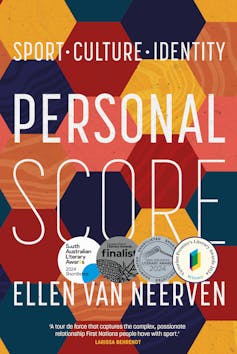
Personal Score: Sport, Culture, Identity by Ellen van Neerven is a compelling blend of memoir, poetry and cultural commentary.
Through essays, reflections and poems, van Neerven explores the intersections of sport, culture and identity, with a focus on their lived experience as a queer, non-binary First Nations person.
Personal Score is incredibly powerful, alternating between intimate reflection and sharp political critique. It explores what it means to play sport on stolen land, to love football – and questions the game’s colonial history.
The book tells stories of trauma and resilience. Van Neerven’s considered writing not only provides hope that Australian sport can change to become more inclusive, it details practical steps we can all take.
Romance fiction book sales are on the rise. You might be surprised to learn that sports romance has become a major player in this growing market – so much so that from February 28 to March 2, 2025, the world’s first Sports Romance Convention will be held in Minneapolis, USA.
As we gear up for the Australian Open, a timely title is Abra Pressler’s Love and Other Scores. Pressler tells the story of an international tennis star with a secret coming to compete in Melbourne’s grand slam tournament. When he falls in love with a local, he finds he can’t hide his secret much longer.
Pressler’s novel explores how diverse sexualities are still stigmatised in men’s sport, at the same time as it depicts an environment where there are more intersectional identities. And of course, as is necessary in the romance genre, it gives us a “happily ever after” ending that allows us to imagine a sporting world where these issues are not only resolved, but celebrated.
Love and Other Scores is a sexy, queer romance with a diverse cast of characters. It is an excellent example of intersectional representation in sport and it is also a fun summer read.![]()
Kasey Symons, Lecturer of Communication, Sports Media, Deakin University and Lee McGowan, Senior Lecturer, Creative Writing, University of the Sunshine Coast
This article is republished from The Conversation under a Creative Commons license. Read the original article.
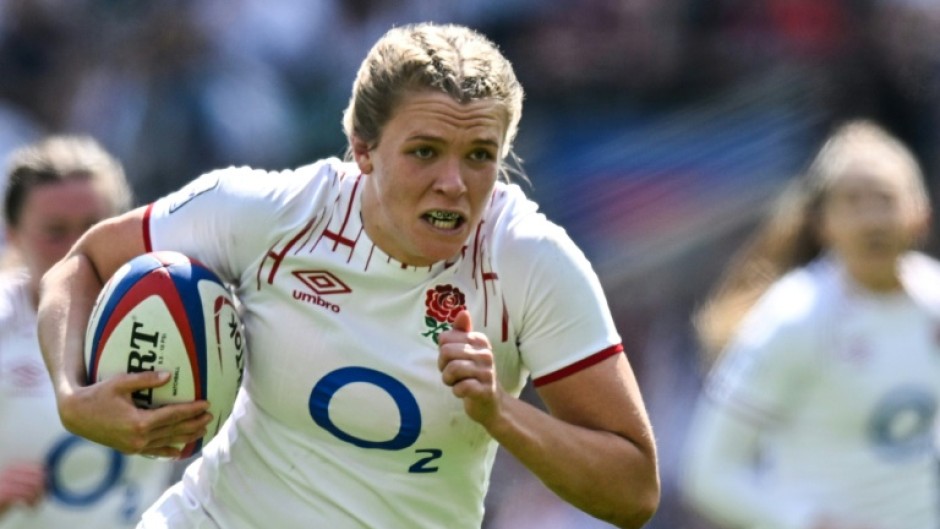
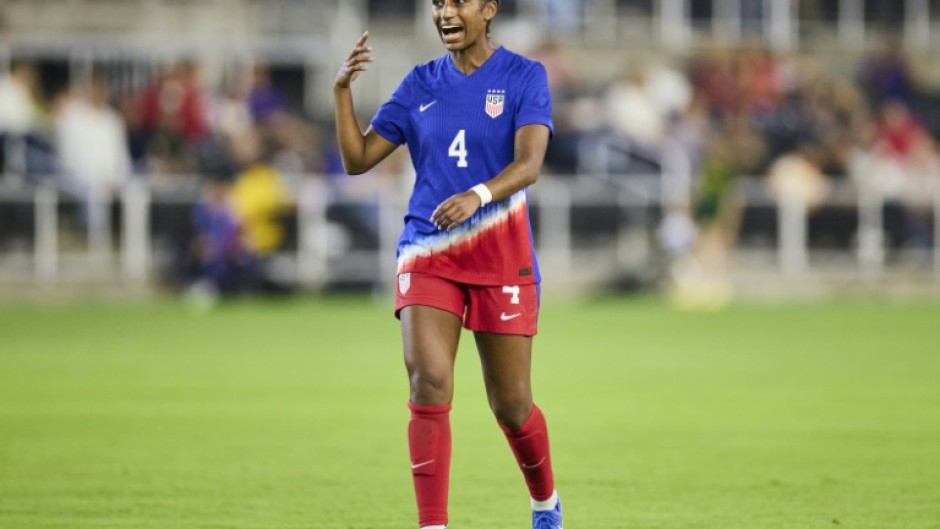


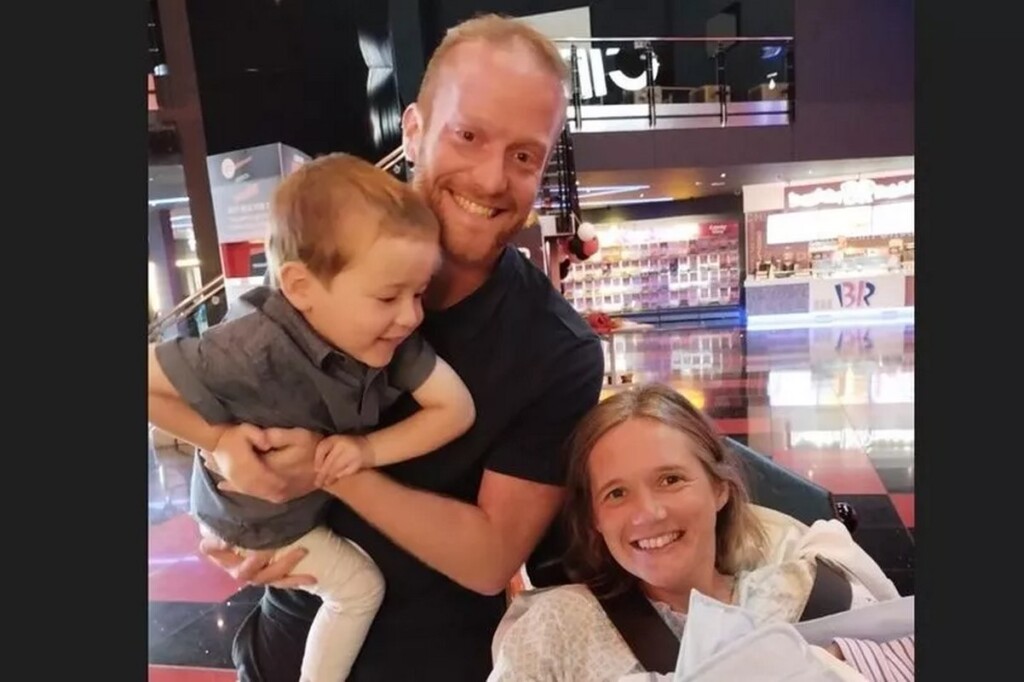

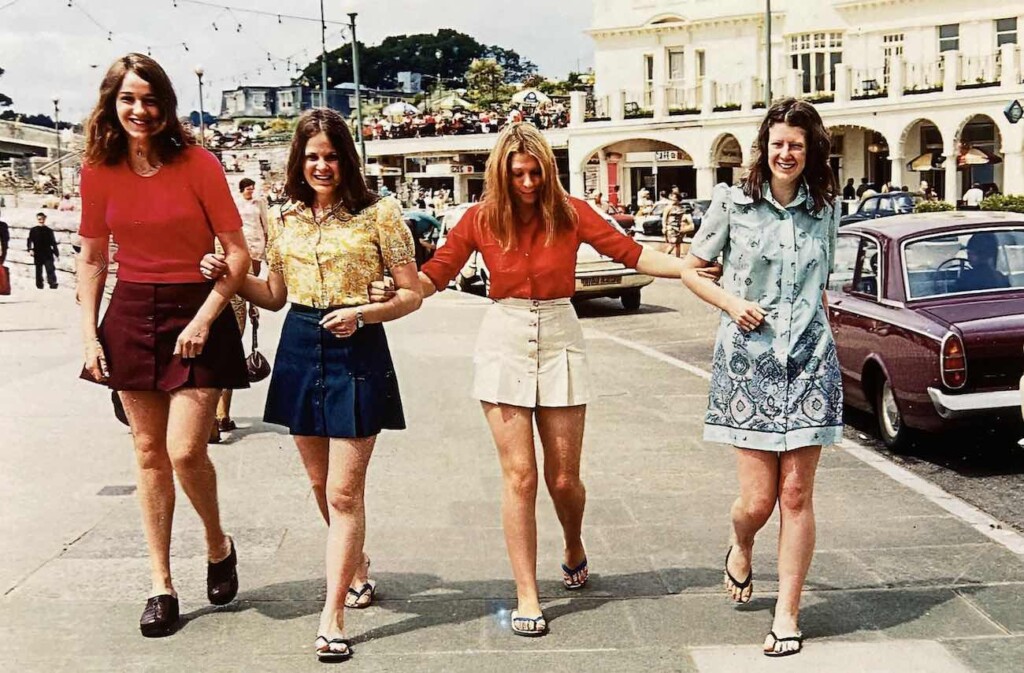
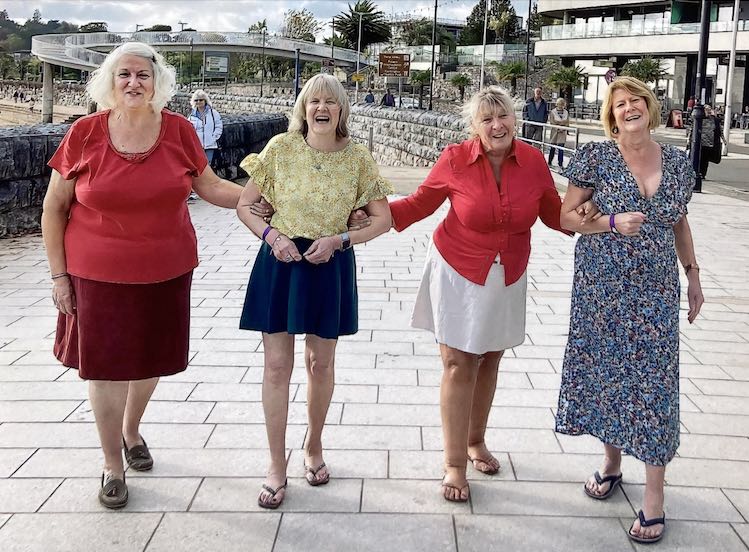
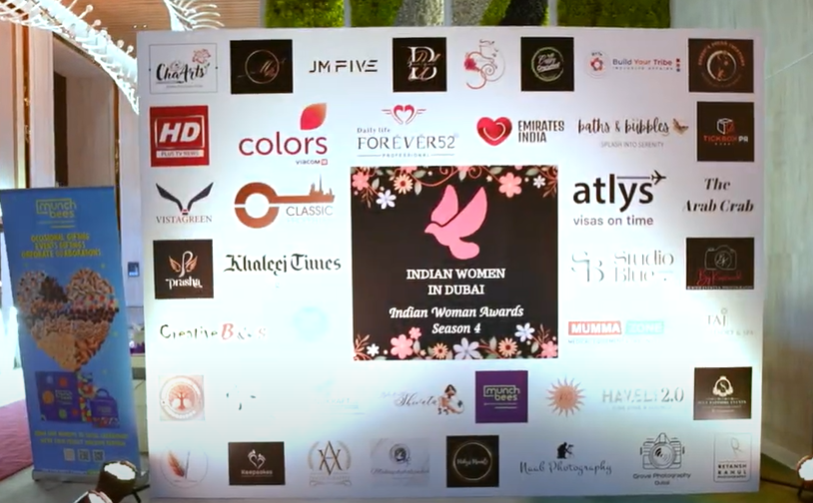
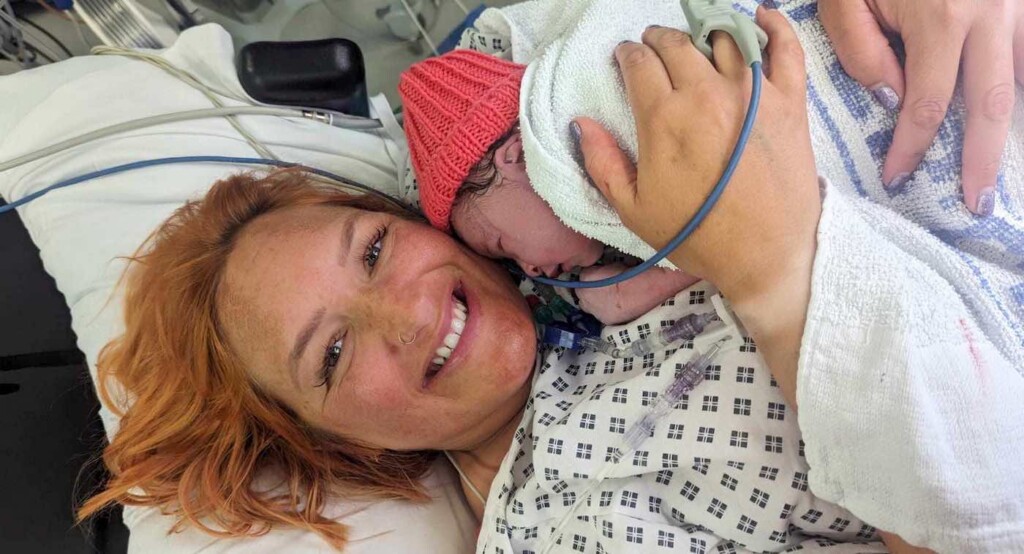
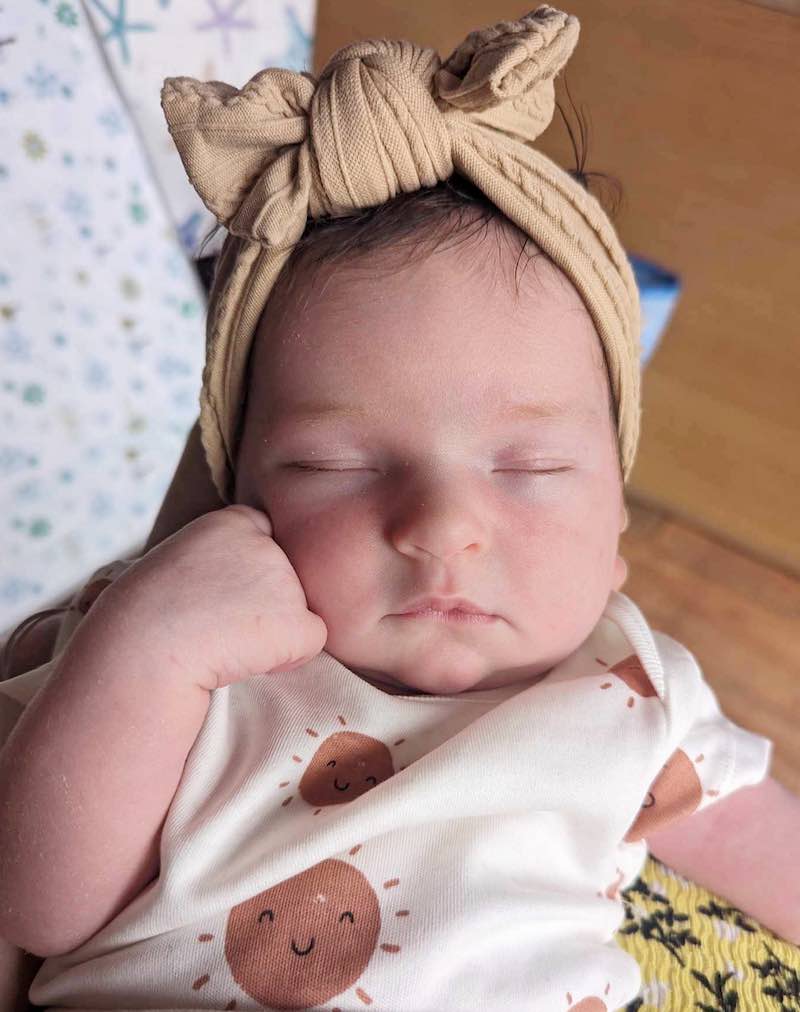

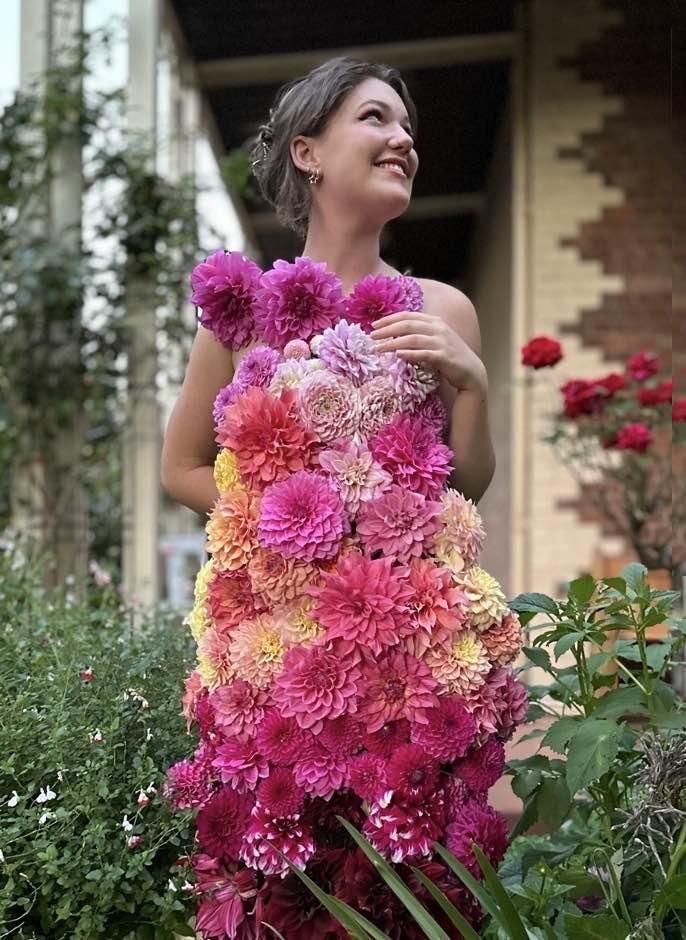



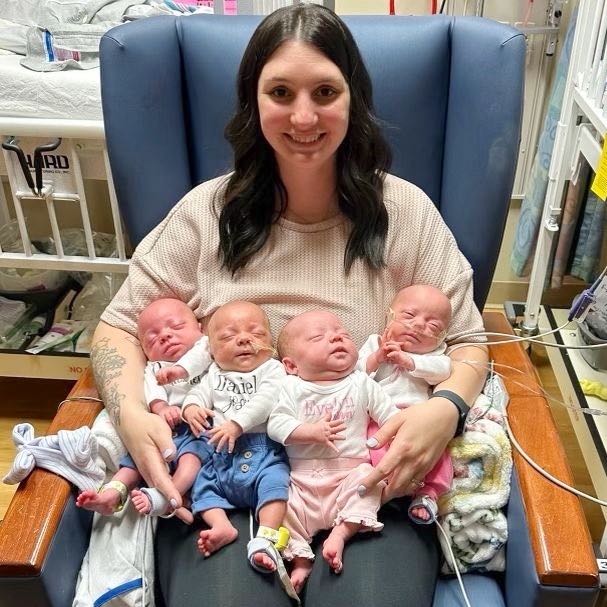

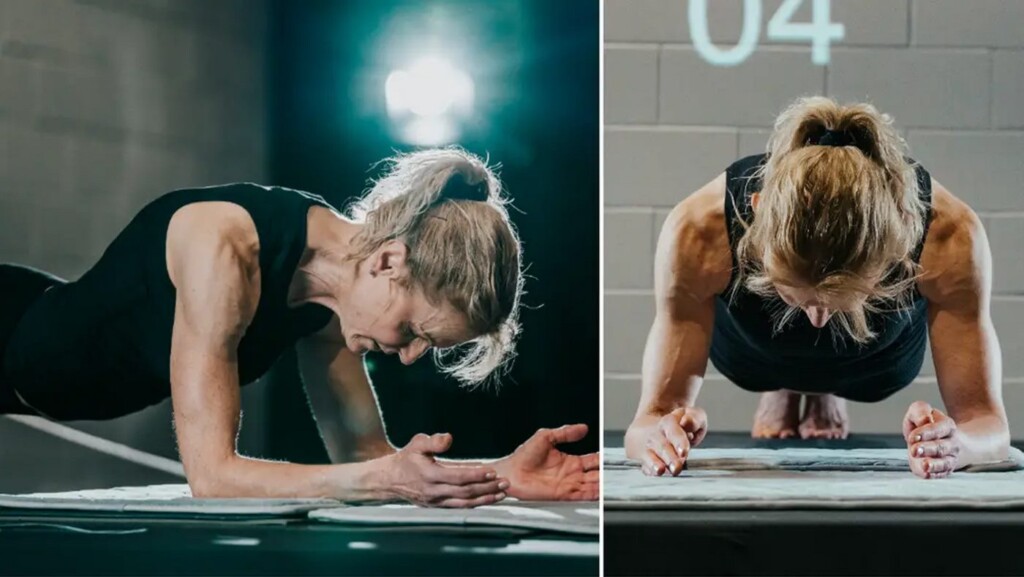
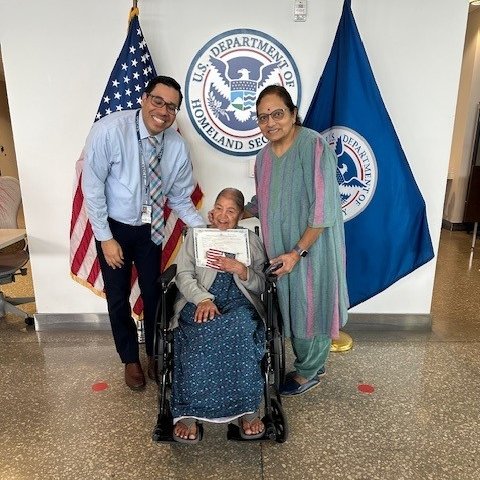 Daibai, 99, afte she received her naturalization certificate, show with her daughter and the USCIS officer who presented her the nationality document. PHOTO: X @USCIS
Daibai, 99, afte she received her naturalization certificate, show with her daughter and the USCIS officer who presented her the nationality document. PHOTO: X @USCIS